
Arts 4
At the end of the each lesson, the learner demonstrates understanding of basic elements and concepts through performing, creating, and responding, aimed towards the development of appreciation of art, and acquisition of basic knowledge and skills about the rich variety of cultural communities in the Philippines.
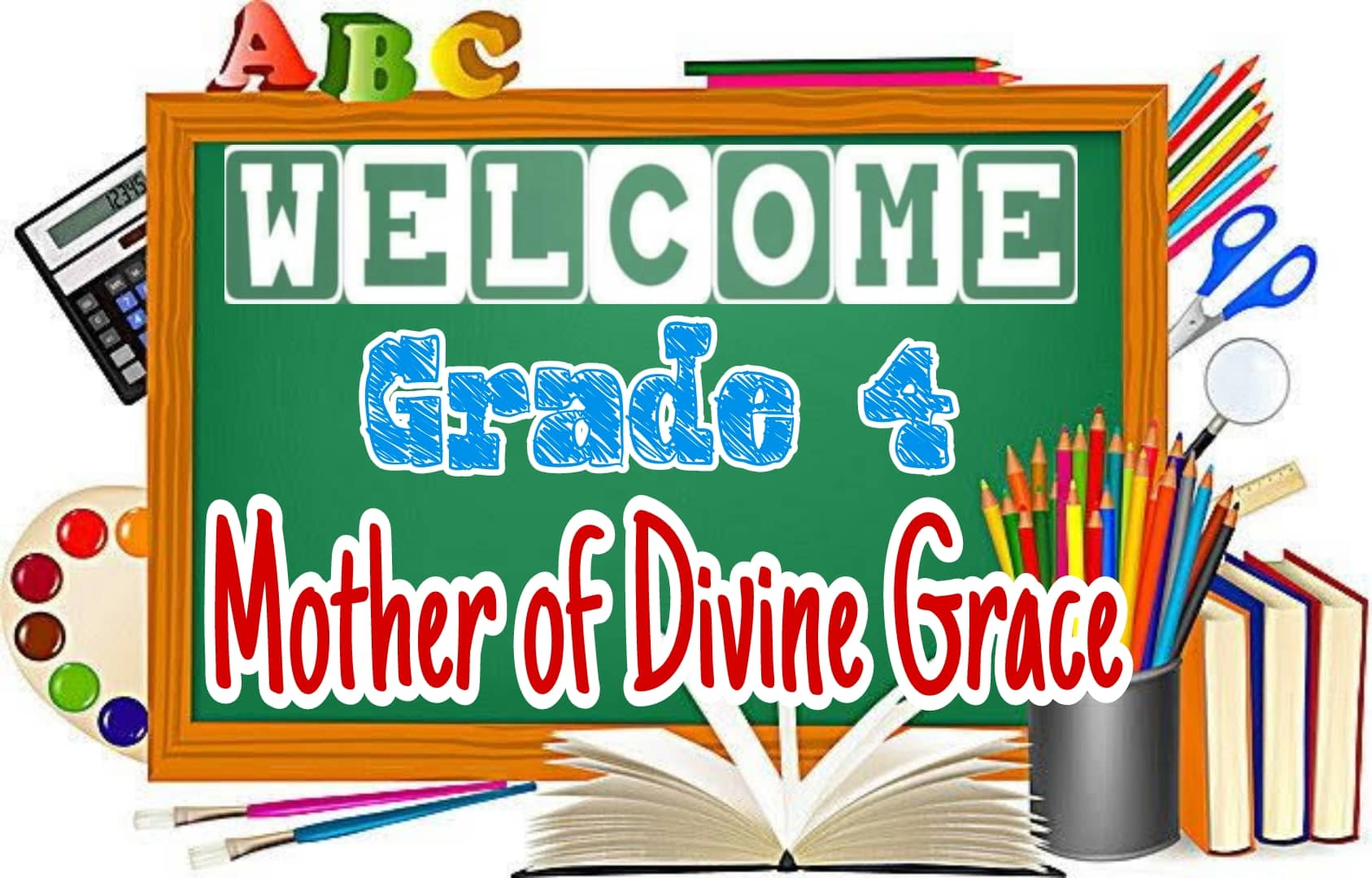
Homeroom 4
In line with the Mater Deian philosophy of education, vision and mission, the Home Room-Guidance program aims to assist each student to become a person who recognizes and appreciates his/her God-given unique potentials (talino) and is willing to persevere (tiyaga) to develop and share it for the common good. As a learning community, mentored by their adviser, the students are taught to be deeply grateful to God and imbued with a desire to learn to love Him with all their heart, mind, strength and soul and to love others as God loves them (Pusong dakila).
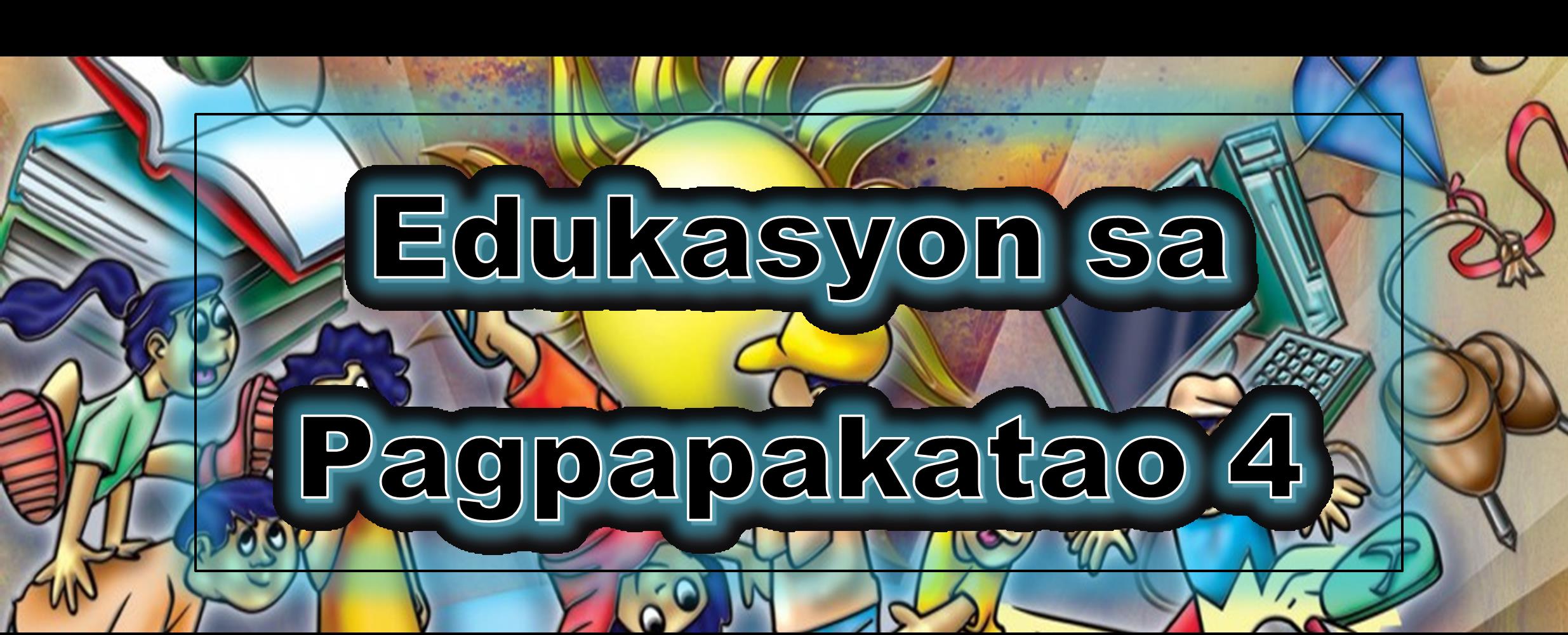
Edukasyon sa Pagpapakatao 4
Sa pagtatapos ng ikaapat baitang, ang mag-aaral ay inaasahang naipamamalas ng mag-aaral ang pag-unawa sa mga makabuluhang gawain na may kaakibat na pagpapahalaga tungo sa wasto, maayos, masaya at mapayapang pamumuhay para sa sarili, kapwa, bansa at Diyos.
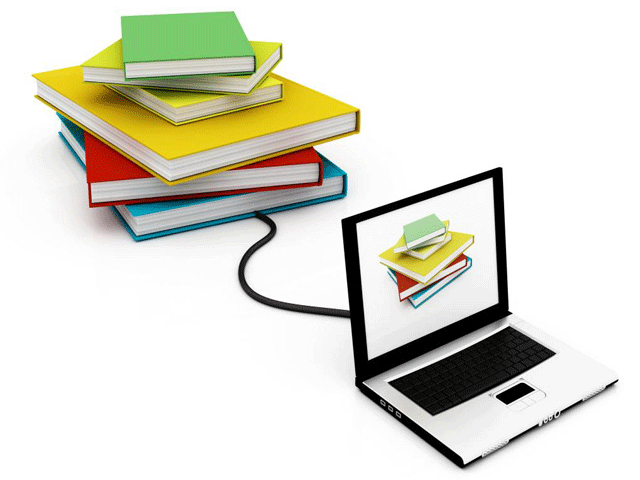
Computer 4
The learners are expected to easily learn about computer and digital media and gain confidence in exploring the digital world.

Edukasyong Pantahanan at Pangkabuhayan 4
Ang mga nilalaman ng assignaturang ito ay nakabatay sa Most Essential Learning Competencies ng Kagawaran ng Edukasyon ayon sa K to 12 Curriculum Guide para sa Edukasyong Pantahanan at Pangkabuhayan para sa ika-apat na baitang.

Araling Panlipunan 4
Sa pagtatapos ng ika-apat na baitang, ang mag-aaral ay inaasahang maipagmamalaki ang pagka- Pilipino at ang bansang Pilipinas na may pagpapahalaga sa pagkakaiba-iba ng mga kulturang Pilipino batay sa paggamit ng mga kasanayan sa heograpiya, pag-unawa sa kultura at kabuhayan, pakikilahok sa pamamahala at pagpapahalaga sa mga mithiin ng bansang Pilipinas.
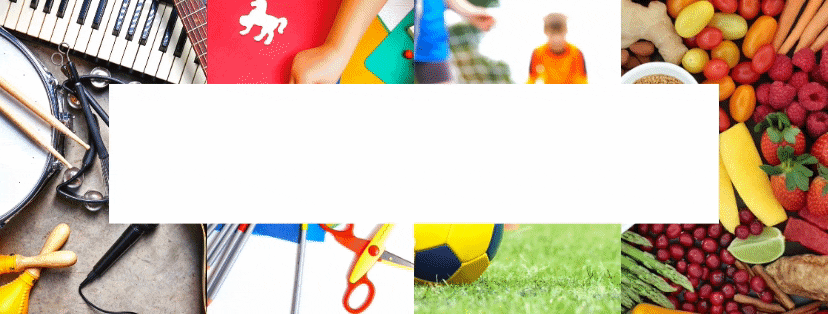
Music, Arts, P.E., Health 4
This elementary book series, Our World of MAPEH, satisfies the K to 12 curricula of the Department of Education in form and substance. It includes essential topics of music, art, physical education, and health. New strategies and approaches have been infused in the discussion of the lessons. Activities are varied and emphasize the mastery of cognitive, affective, and psychomotor skills. Learners are able to recognize the beauty of music and the arts, as well as the importance of health and fitness as the embodiment of a whole and complete person.
Music.
Present varied lessons and activities that will hone the learners' musical creativity and skills. The aim of these activities is to develop the learners' sensitivity to the expressive qualities of music.
Art.
It gives importance to the learners' visualization of our history and culture. The lessons and activities provide an appreciation for the diversity of arts and crafts in the Philippines, s well as the works of talented Filipino artists. This section aims to inspire the next generation of local artists to further develop their art skills in progression with the Philippine art scene in the 21st century.
Physical Education.
This section provides activities that contribute to the learners' health and wellness..These activities will help build and develop the learners' endurance in playing games, undergoing fitness tests, dancing, and engaging in various calisthenics.
Health
This section plays an important role in the four-component subjects of this series. The different topics that are related to the health of an individual, family, and community are given emphasis.. This section also aims to magnify the conceptual framework of Physical Education lessons, in order for the learners to achieve and maintain overall wellness.
It is our hope that MAPEH series will instill positive values and critical thinking skills in our learners to help develop their growth as an individual who makes a great contribution not only in the Philippines but around the world.
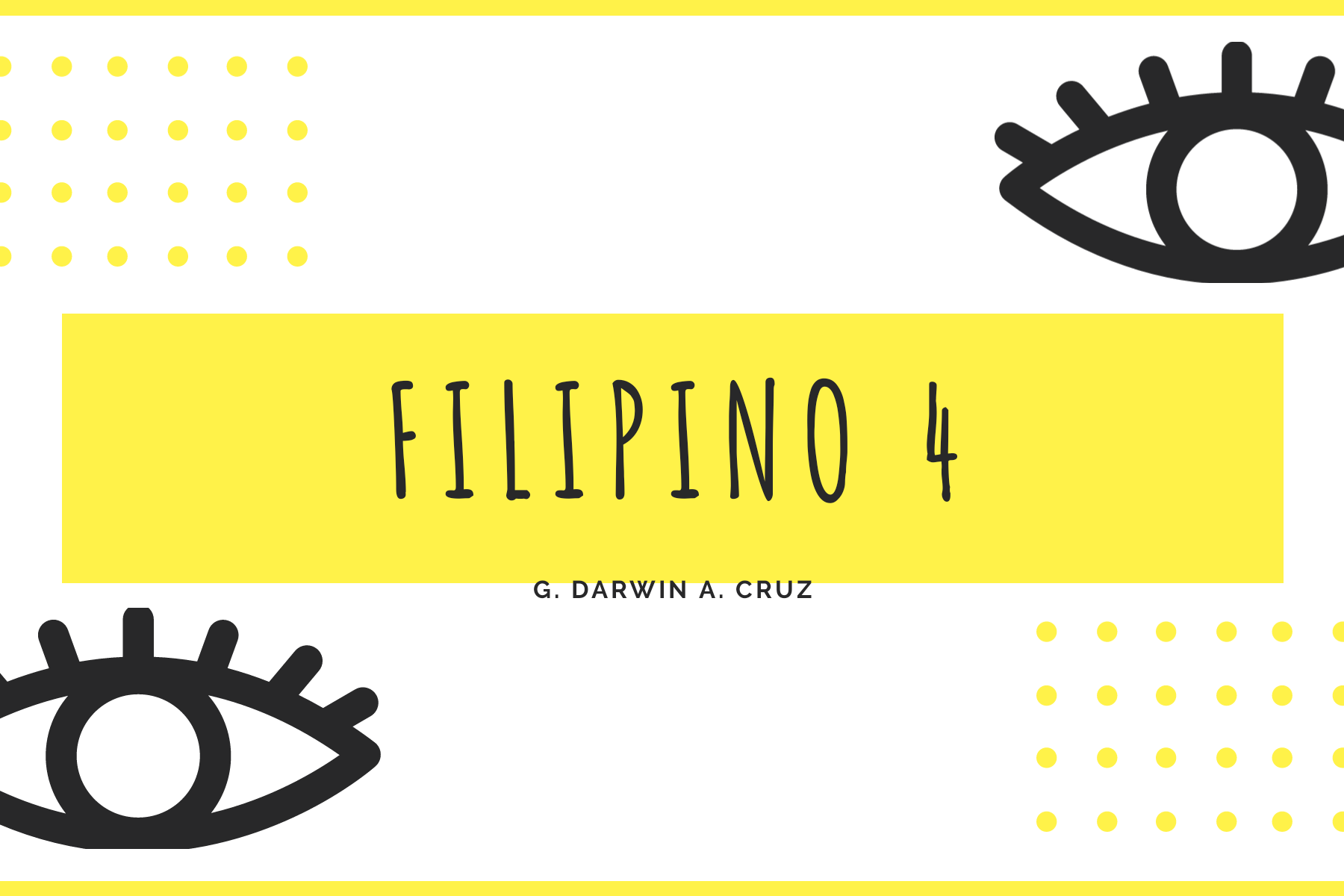
Filipino 4
Pagkatapos ng Ikaapat na Baitang, naipamamalas na ng mga mag-aaral ang kakayahan sa pagbasa, pagsulat at pakikipagtalastasan nang wasto upang maipahayag ang kaalaman, ideya at damdaming angkop sa kaniyang edad at sa kulturang kinabibilangan at nakikilahok sa pagpapaunlad ng pamayanan.

English 4
At the end of Grade 4, the learner can demonstrate confidence in the use of language to meet everyday needs by listening critically to various text types and expresses ideas accurately in both oral and written forms; and reads independently and gets relevant information from various text types.
The discussions, questions, and other learning activities within all aim to equip you with the necessary knowledge, to hone you on skills that you already know, and to prepare you in facing the challenges of the years ahead.
Happy e-learning towards a new perspective of a globally competent communicator in English!

Science 4
At the end of Grade 4, learners can investigate changes in some observable properties of materials when mixed with other materials or when force is applied on them. They can identify materials that do not decay and use this knowledge to help minimize waste at home, school, and in the community.
Learners can describe the functions of the different internal parts of the body in order to practice ways to maintain good health. They can classify plants and animals according to where they live and observe interactions among living things and their environment. They can infer that plants and animals have traits that help them survive in their environment.
Learners can investigate the effects of push or pull on the size, shape, and movement of an object.
Learners can investigate which type of soil is best for certain plants and infer the importance of water in daily activities. They learned about what makes up weather and apply their knowledge of weather conditions in making decisions for the day. They can infer the importance of the Sun to life on Earth.

Math 4
At
the end of Grade 4, the learner can demonstrate understanding and appreciation
of key concepts and skills involving numbers and number sense (whole numbers up
to 100 000, multiplication and division of whole numbers, the order of operations,
factors and multiples, addition and subtraction of fractions, and basic
concepts of decimals including money); geometry (lines, angles, triangles, and
quadrilaterals); patterns and algebra (continuous and repeating patterns and
number sentences); measurement (time, perimeter, area, and volume); and
statistics and probability (tables, bar graphs, and simple experiments) as
applied - using appropriate technology - in critical thinking, problem-solving,
reasoning, communicating, making connections, representations, and decisions in
real life.